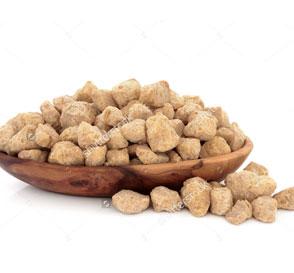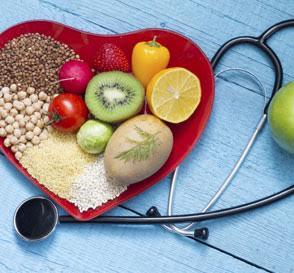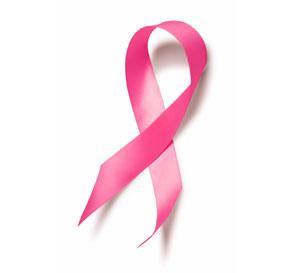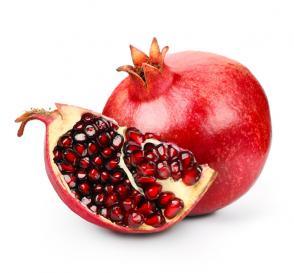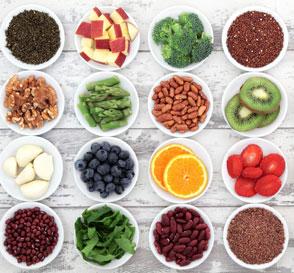

Leave your details below and we'll get back to you!
*All fields are mandatory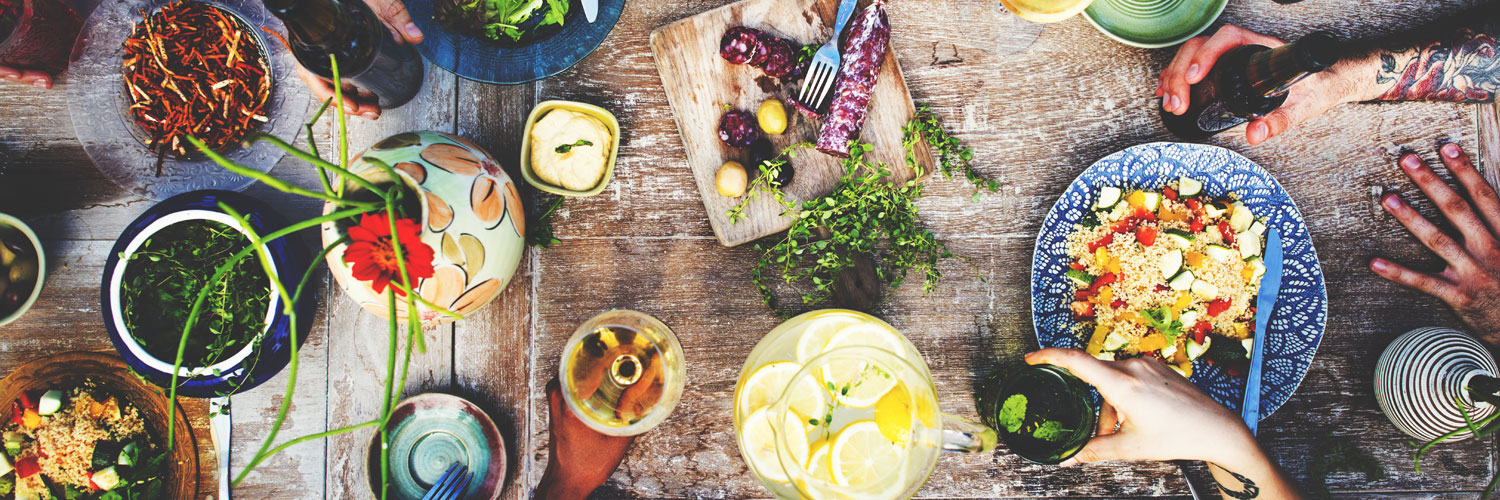
Dietary Fiber- The health implications

By Dr. Meeta M. Raheja, R & D Manager- India,
Food Science & Technology, India
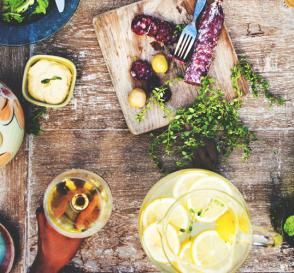
Dietary fiber is the current age health mantra!!
Fiber, while not an essential nutrient, performs several vital functions. For the prevention and management of major global health issues today, i.e. overweight/ obesity and diabetes, fiber has a very important role to play.
High-fiber foods aid in achieving healthy weight, as they generally require more chewing time, which gives the body time to register when you're no longer hungry, so there is less likelihood to overeat. Also, a high-fiber diet provides you more satiety, i.e., it tends to make a meal feel larger and linger longer, so you stay full for a greater amount of time. And high-fiber diets also tend to be less "energy dense," which means they have fewer calories for the same volume of food. Also, short chain fatty acids are formed by the fermentation of dietary fibers in the intestine, which has a positive effect on the composition of intestinal flora.
In people with diabetes, fiber — particularly soluble fiber, which dissolves in water and forms a gel, slows down digestion, and delays the emptying of stomach, thus preventing a sudden increase in blood sugar levels after eating. It also has a beneficial effect on insulin sensitivity, which may help control diabetes. Also, soluble fibers bind with fatty acids and help lower LDL (“bad”) blood cholesterol by interfering with the absorption of dietary cholesterol.
Soluble fiber is found in oatmeal, oat cereal, lentils, apples, oranges, pears, oat bran, strawberries, nuts, flaxseeds, beans, dried peas, blueberries, psyllium, cucumbers, celery, and carrots.
Insoluble fibers are considered gut-healthy fiber because they help hydrate, add bulk to the diet and move waste through the intestines and control the pH levels in the intestines. These fibers help prevent constipation and keep you regular. A healthy diet that includes insoluble fiber may also reduce the risk of developing type 2 diabetes.
Whole wheat, whole grains, wheat bran, corn bran, seeds, nuts, barley, brown rice, zucchini, celery, broccoli, cabbage, onions, tomatoes, carrots, cucumbers, green beans, dark leafy vegetables, raisins, grapes, fruit with skin and root vegetable skins are good sources of insoluble fiber.
Most plant-based foods, such as oatmeal and beans, contain both soluble and insoluble fiber. However, the amount of each type varies in different plant foods. To receive the greatest health benefit, one should eat a wide variety of high-fiber foods.
HOW MUCH DO YOU NEED AND IS IT POSSIBLE TO HAVE TOO MUCH?
Based on energy intake, a level of about 35g of fiber /2000 Kcal in a diet is considered reasonably safe by Indian Council for Medical Research. For people with lower/higher energy intake, ICMR recommendations for daily fiber intake are in the range of 25- 40 grams. Intakes in excess of 60 g of fibre over a day can reduce the absorption of nutrients and may cause irritation in the bowel apart from diarrhoea.
IMPORTANT THINGS TO REMEMBER FOR HAVING A HIGH FIBER HEALTHY DAILY DIET
For getting the benefits of fiber, the diet must have an ample amount of fiber. However, the fiber inclusion must be done in a proper way, to achieve the desired daily amount of 30- 35 grams. Introducing too much fibre too quickly or eating too much can cause constipation or diarrhoea in some people. It is important to introduce fibre into your diet gradually and ensure that you drink adequate amounts of fluid.
Add fiber to your diet slowly: If you are currently getting 10 grams of fiber a day, don't jump to 30 grams of fiber the next day. You need to give the natural bacteria in your digestive system time to adapt to your new fiber intake. The following changes should be made over a period of at least a few weeks.
Start with adding fiber to your breakfast
Eat a cereal with 5 or more grams of fiber per serving, or mix your favorite cereal with a high fiber cereal.
If you like to eat toast in the morning, make it whole wheat bread.
Add fruits like apple, strawberries, raisins, or bananas to your cereal to increase your fiber by 1-2 grams.
Add some oat fiber or flaxseed powder in wheat flour for parathas/ chapati for an additional 1-2 grams of fiber per serving.
Porridge oats are also a good choice as they contain soluble fibre
Like those legumes:
High fiber legumes like beans, peas and lentils are very good sources of fiber. Increase their intake by incorporating legumes into salads and soups, along with having them as traditional dal preparations.
Leave the skin on!
Incorporating more fruits and vegetables into your diet will add fiber, but only if you eat the skin, because that's where all the fiber is. Just take care to wash them thoroughly! So don't peel the apples/pears/ cucumbers before you eat them. If you're eating potatoes, try to leave the skin in the dish (such as if making baked or mashed potatoes) It's also worth knowing that keeping the skin on potatoes when you cook them will help keep more vitamins and minerals in the flesh. The whole grains are also more beneficial because they haven't had the outer skin removed through processing. Not only will this offer the health benefits of added fiber, but it can also help you lose belly fat. A diet rich in whole grains changes the glucose and insulin response in your body, which hastens the melting of fat.
Eat more nuts:
Like beans, nuts are a tasty way to get additional fiber. Walnuts and almonds especially are great sources of fiber. A 1/4 cup of almonds has 4 grams of fiber in it.
Pay Attention to Labels:
Identify packaged foods that are sources of fiber, and check the per serve column of the nutrition information panel. The industry code of practice utilizes the following FSSAI/ Codex guidelines. A food label can say it's "a good source" of fiber if it contributes 10% of your daily value of fiber -- about 3.0 grams of fiber per serving. The package can claims it is "rich in," "high in" or an "excellent source of" fiber, if the product provides 6.0 grams. So please read the labels and make your choices.
Keep fruits handy:
When you feel the urge for a snack during mid-morning or evening, be sure you have fresh or dried fruit on hand for a quick bite. This way you would be able to fight the urge for other snacks, which might be “not so healthy”.
Do not forget to keep yourself hydrated:
As you increase your fiber intake, it is equally important to increase your fluid intake as well! Since fiber pulls water from intestines, without sufficient hydration, fiber may aggravate rather than alleviate constipation. At least two liters of water intake should be the target, including water as such and fruit/ vegetable juices and soups.
Isolated Dietary Fibers:
The usual eating habits may not be able to provide the recommended fiber intake. In such cases, one might also consider including the commercially available soluble/ insoluble isolated fibers in the diet, either in drinks or as a part of traditional food preparation. They have a very high percentage of fiber, so even a spoon or two of these will easily fill the gap between actual and recommended daily dietary fiber intake.
NEED OF THE TIME- PAY ATTENTION TO YOUR DEFICIENT FIBER INTAKE
Earlier the fiber deficiency was thought to be a problem of Western countries, because of their different eating habits, like more use of breads made of refined flour, and less salad intake. However, the current Indian scenario is also no different. Due to increased consumption of convenience foods owing to busy urban lifestyle, the Indians are also deficient in their fiber intake.
As per a recent study conducted in Chennai (2014) on the adequacy of fiber intake among young adults aged 18-23 years, the average daily fiber intake was found to be 20.3 grams only, which is way too less than ICMR recommendations.
So, these general guidelines for increasing the dietary fiber intake are actually needed to be followed by everyone. Also, some other factors for a healthy life should be taken care of, like decreased intake of fats and simple sugars, and regular physical activity. After all, healthy eating is the key to healthy and happy living!!

Popular Articles
Related Articles











